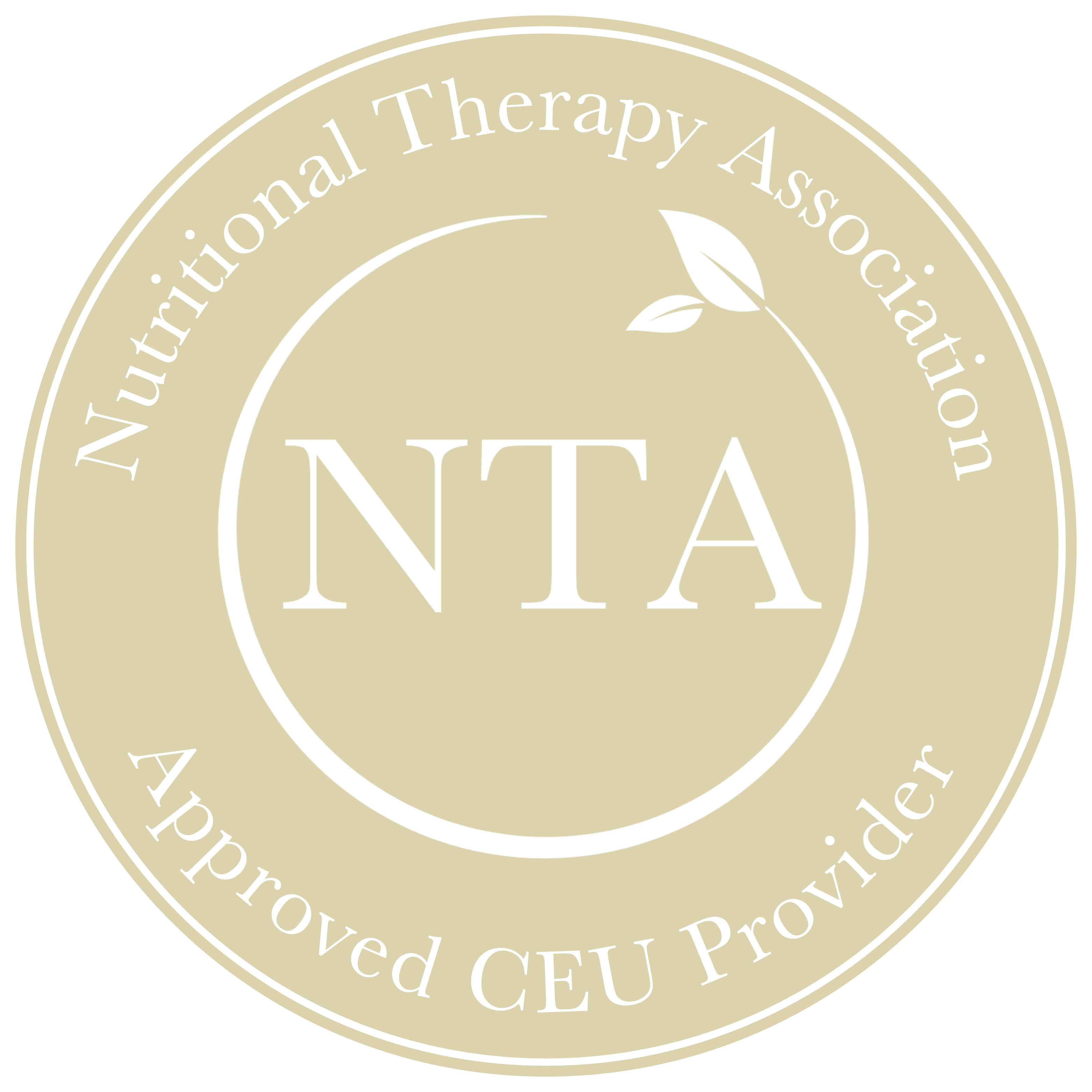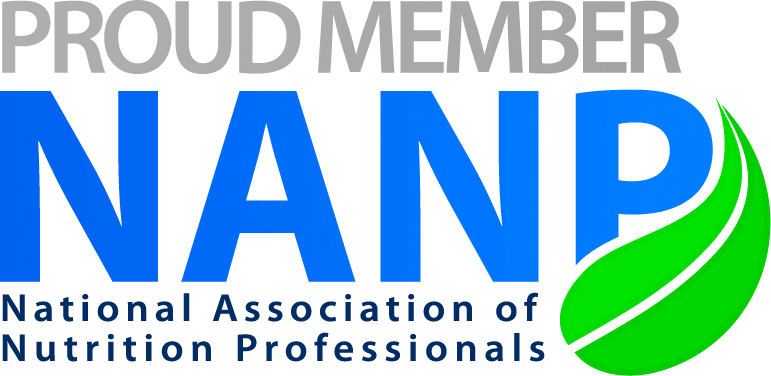Cellular autophagy – which literally translates to “self-eater” – is one of the most important housekeeping mechanisms the human body has. In fact, this process is so critical to our health and wellbeing that the 2016 Nobel Prize in Medicine was awarded to a prominent scientist, Dr. Yoshinori Ohsumi, who discovered the key mechanisms which make autophagy works. Here’s a statement straight from the announcement of the award:
Thanks to Ohsumi and others following in his footsteps, we now know that autophagy controls important physiological functions where cellular components need to be degraded and recycled. Autophagy can rapidly provide fuel for energy and building blocks for renewal of cellular components, and is therefore essential for the cellular response to starvation and other types of stress. After infection, autophagy can eliminate invading intracellular bacteria and viruses. Autophagy contributes to embryo development and cell differentiation. Cells also use autophagy to eliminate damaged proteins and organelles, a quality control mechanism that is critical for counteracting the negative consequences of aging.
Disrupted autophagy has been linked to Parkinson’s disease, type 2 diabetes and other disorders that appear in the elderly. Mutations in autophagy genes can cause genetic disease. Disturbances in the autophagic machinery have also been linked to cancer. [1]
Elimination of bacteria and viruses? Contribution to embryonic development? A control mechanism for aging? A key role in Parkinson’s, Type 2 Diabetes, and cancer? This isn’t minor stuff.
Much of the work we do with clients supports and inspires the process of autophagy, so let’s dig in and make sure we thoroughly understand what it is, how it works, how we can up-regulate this process, and when it is and is not appropriate to stimulate the enhancement of autophagy with our clients.
Autophagy – also known as autophagocytosis – is a normal and natural mechanism whereby a cell removes unnecessary and dysfunctional components. [2] It’s how our body clears out damaged cells, toxins, and other debris, thus encouraging the production of new, healthier cells. Just as it’s easier to prepare dinner in a clean kitchen, it’s easier for your body to perform all its necessary functions in a clean environment.
Like many things in the body, autophagy is a process that tends to deteriorate with age – especially when tasked with the cleanup of an unprecedented number of toxins, stressors, environmental pollutants, poor diet… the endless list of physiological assaults we face on a daily basis. These overwhelm the autophagy process and simultaneously deplete the body’s capacity to perform this vitally important task.
The process of autophagy is continual and ongoing, but given the incredible toxic burden we face today, there are times where it makes sense to up-regulate and enhance this critical process. Here are a few examples:
- To reduce inflammation
- To support detoxification
- To fight infection and support the immune system
- To speed recovery from intense exercise
- As a key component of an anti-aging regime
- As a general disease-prevention practice
- As part of a cancer prevention program
- To support a healthy brain and prevent/delay the onset of diseases such as Alzheimer’s and Parkinson’s
On the other hand, there are times when we absolutely do NOT want to stimulate the up-regulation of autophagy; specifically during pregnancy and breastfeeding, when women are in a “building” mode rather than a “cleansing” mode.
Ultimately autophagy is a response to cellular stress. Given that, there are different ways to stimulate deeper autophagy, all involving increased stressors in some form or another.
Here are 7 ways to stimulate the autophagy process naturally:
-
Fasting
The most common and simplest way to inspire autophagy is to fast. Depriving the body of calories puts it into “famine” mode and stimulates deeper housekeeping. There are varying ways to do this:A protein fast once or twice a week, keeping protein levels to 15g or less for the day. This allows the body time to recycle proteins, reducing inflammation without the risk of any muscle loss. [3]Intermittent fasting, also known as time-restricted eating, can trigger autophagy if the eating window is kept tightly to 4-6 hours.A multi-day fast, consuming only water with trace minerals, or other liquids such as coffee, tea, or bone broth. Various studies have shown different durations for optimal fasting, but most agree that the maximum benefits of a prolonged fast occur once the 48-72 hour mark has been reached.
-
Eating a ketogenic diet
Eating a high fat, low carb diet will shift the body from burning glucose to using ketones as the primary fuel source. This mimics what naturally happens in a fasted state, without having to completely stop eating.
-
Drink Coffee
I promise we’re not adding this in just because we love our cup of Joe! Research has shown that coffee stimulates cellular autophagy with or without the consumption of food alongside it. [4] Both caffeinated and decaffeinated coffee provide this benefit.
-
Eating autophagy-stimulating foods
It’s not only coffee that promotes autophagy! Other foods shown to have autophagy-stimulating effects include turmeric, ginger, Ceylon cinnamon, ginseng, garlic, certain mushrooms (chaga and reishi), pomegranate and elderberries. Green tea has also been shown to stimulate autophagy. -
Exercising
Yet another reason to get outside and get moving! In particular, interval training – short bursts of intense output followed by short recovery intervals – inspires autophagy really well. [5] [6] This can be accomplished through sprint-style workouts or weight lifting and resistance training.
-
Getting uninterrupted sleep
It probably comes as no surprise that autophagy is a process that happens while we sleep, so getting sufficient sleep on a nightly basis is key. Sleep interruptions and short bursts of sleep rather than a full night’s sleep disrupt this process [7], so pay attention to sleep hygiene and ensure that you’re getting a full night’s rest.
-
Taking a sauna
We know that exposing your body to high temperatures (typically between 120°-180°F) creates heat shock proteins and stimulates the lymphatic system. This has a carry-over effect to autophagy because it increases microcirculation.
As you can see, the effects of autophagy are impressive and supporting this process appropriately is part of the work we do with clients. While we might not see the immediate benefits, the payoffs are huge: longer, healthier lives of higher quality. Isn’t that what we all want?
Sources:
[1]: https://www.nobelprize.org/prizes/medicine/2016/press-release/
[2]: https://en.wikipedia.org/wiki/Autophagy
[3]: https://pubmed.ncbi.nlm.nih.gov/19945408/
[4]: https://www.ncbi.nlm.nih.gov/pmc/articles/PMC4111762/
[5]: https://www.frontiersin.org/articles/10.3389/fphys.2018.00571/full
[6]: https://journals.plos.org/plosone/article?id=10.1371/journal.pone.0080248







